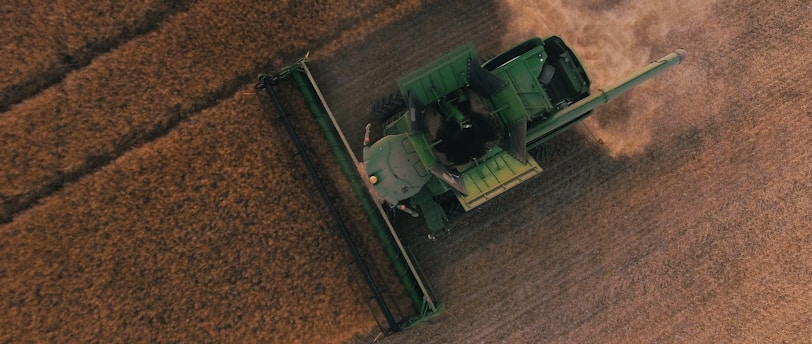The Anthropogenic Drivers of Biodiversity Loss
5/10/20232 min read


The prevailing human driver of biodiversity loss is land/sea use change, in the form of the growth and escalation of agricultural land management (Jaureguiberry et al 2022). The direct exploitation of Earth’s natural resources, in the form of “fishing, logging, hunting, and wildlife trade” (Jaureguiberry et al 2022:3), is the second most dominant driver.
The first stage of the sixth mass extinction can be pinpointed to 200 to 45 kya upon the spread of modern humans out of the African continent, with the Neolithic Revolution and attendant settlement and agriculture being the second stage, and the third stage marked by the advent of the 19th century Industrial Revolution (Cowie et al 2022).
This mass extinction event is the first to be caused by humans. The preceding mass extinctions are thought to be attributed to natural causes such as the movements of continents, gradual changes in climate, volcanic activity, and extraterrestrial impacts (AMNH 2015). It has been relentless in time and scale, with cascading and permanent effects, and is described as ‘extinction without replacement’ (Turvey and Crees 2019); this contrasts with previous events after which diversity levels recovered over millenia. Finally, it has impacted broad categories of species spanning vast geographic areas, whereas previous extinctions have been localised to species of a certain size or regions (Turvey and Crees 2019).
Climate disruption is arguably one of the fastest growing hazards to biodiversity (Jaureguiberry et al 2022). Reforestation and coastal wetland conservation can contribute not only to climate change mitigation but also to the enhancement of biodiversity and human welfare (Jaureguiberry et al 2022).
As fossil fuels have been applied to address rapid population growth beyond Earth’s biocapacity and the corresponding consumption of and pressures for food, land, and other natural resources, we are now in ecological overshoot (Bradshaw et al 2021).
(300 words)
References:
AMNH. (2015). ‘Shelf Life 12: Six Extinctions in Six Minutes’. https://www.amnh.org/explore/videos/shelf-life/shelf-life-12-six-extinctions-in-six-minutes
Bradshaw, C.J., P.R. Ehrlich, A. Beattie, G. Ceballos, E. Crist, J. Diamond, R. Dirzo, A.H. Ehrlich, J. Harte, M.E. Harte and G. Pyke. (2021). ‘Underestimating the challenges of avoiding a ghastly future’, Frontiers in Conservation Science 1 2021, p.9.
Cowie, R.H., Bouchet, P., and Fontaine, B. (2022). ‘The Sixth Mass Extinction: fact, fiction or speculation?’ Biological Reviews 97 (2022) 640–663
Jaureguiberry, P., Titeux, N., Wiemers, M., Bowler, D.E., Coscieme, L., Golden, A.S., Guerra, C.A., Jacob, U., Takahashi, Y., Settele, J., Díaz, S. Molnár, Z., and Purvis, A. (2022). ‘The direct drivers of recent global anthropogenic biodiversity loss’. Sci. Adv. 8, eabm9982 (2022
Turvey, S.T. and J.J. Crees. (2019). ‘Extinction in the Anthropocene’, Current Biology 29 2019, R982–R986.